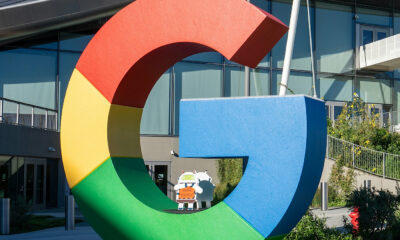A new scorecard and report from analyst firm AIContentGen analysed 20 AI-powered copywriting software solutions. The firm says there are now more than 50 vendors in the AI content space. Although the vendors have large social and community followings, AIContentGen cannot yet estimate the number of locked-in customers. AIContentGen Senior Analyst John Cass told us, “The industry has grown rapidly, with over 53 companies, as our market map shows, and while the number of companies doesn’t indicate clients it does highlight the market development. It is time to start exploring the use of these tools.”
A number of the solutions have sophisticated features, Cass noted. Peppertype.ai, for example, offers to draft content specifically for Twitter and LinkedIn as well as conventional blogs. Wordhero has over 50 types of content in its toolbox, from Amazon product descriptions to video titles. NeuralText automatically optimizes content for SEO. According to a recent IBM report, over half of executives expect AI to change the way content creators do their work. This is likely driven, in part, by what Cass identifies as the content production gap. “There is space between the amount of high-quality content corporate marketing and communication teams can produce and what needs to be generated,” he said.
Why we care. It’s around ten years since natural language generation (NLG) proved capable of creating automated sports and business earnings reports. Indeed, as the landscape from AIContentGen shows, Persado began using mathematical models to generate email subject lines in 2012.
There has been trepidation about using it in risky scenarios, such as generating instruction or safety manuals or communicating important information to consumers. Cass said, “In the scorecard, we review where teams should be prudent in the use of AI Content Generation tools, and look at such issues as internal controls process, bias in AI, regulatory compliance and brand identity.”
Read next: John Cass discusses agile marketing with other panelists at MarTech
In any case, just as neural networks and deep learning produced rapid advances in AI’s ability to detect patterns, recognize images and even analyse video, we shouldn’t be surprised to see an acceleration in the development of NLG.
Please note, this story was not written by a robot.













You must be logged in to post a comment Login